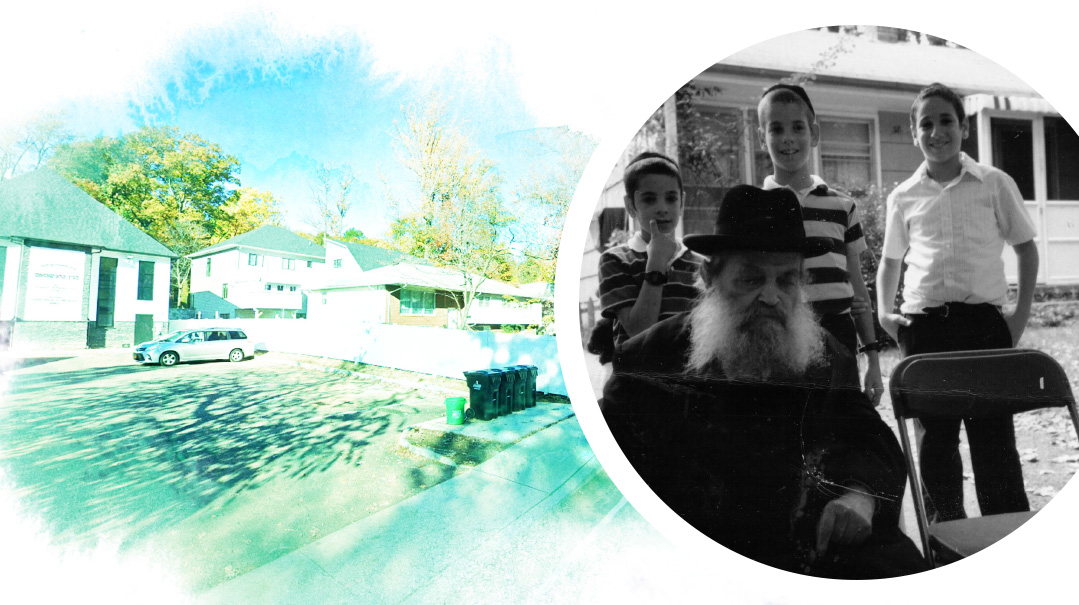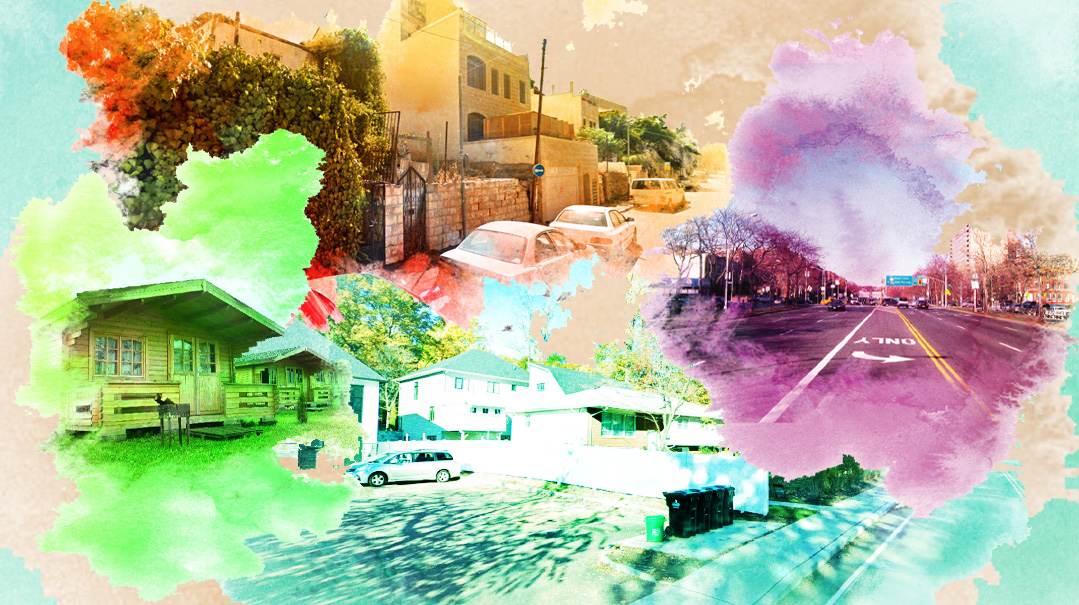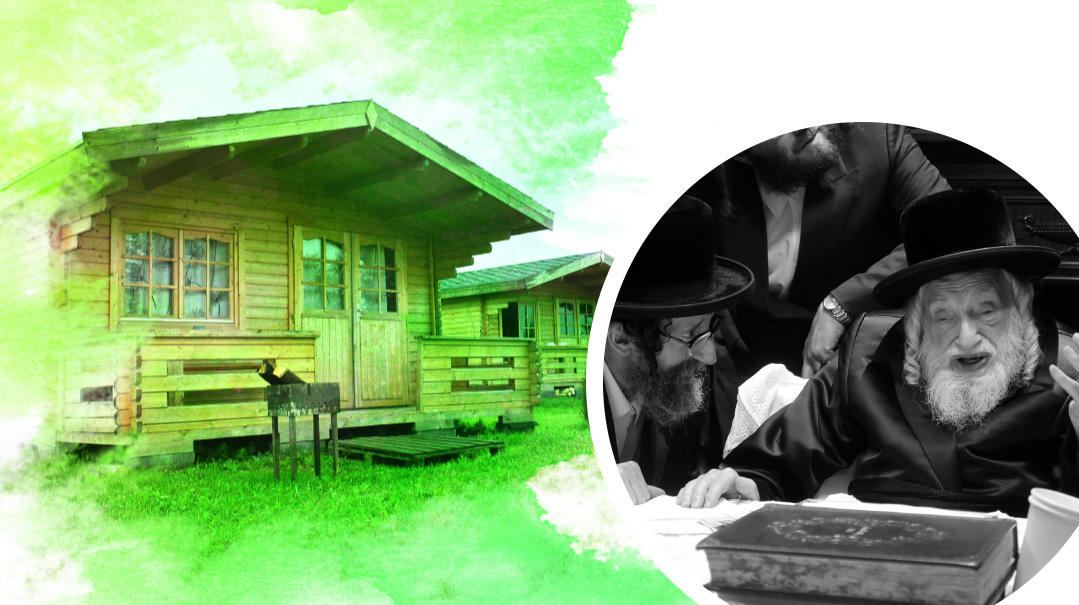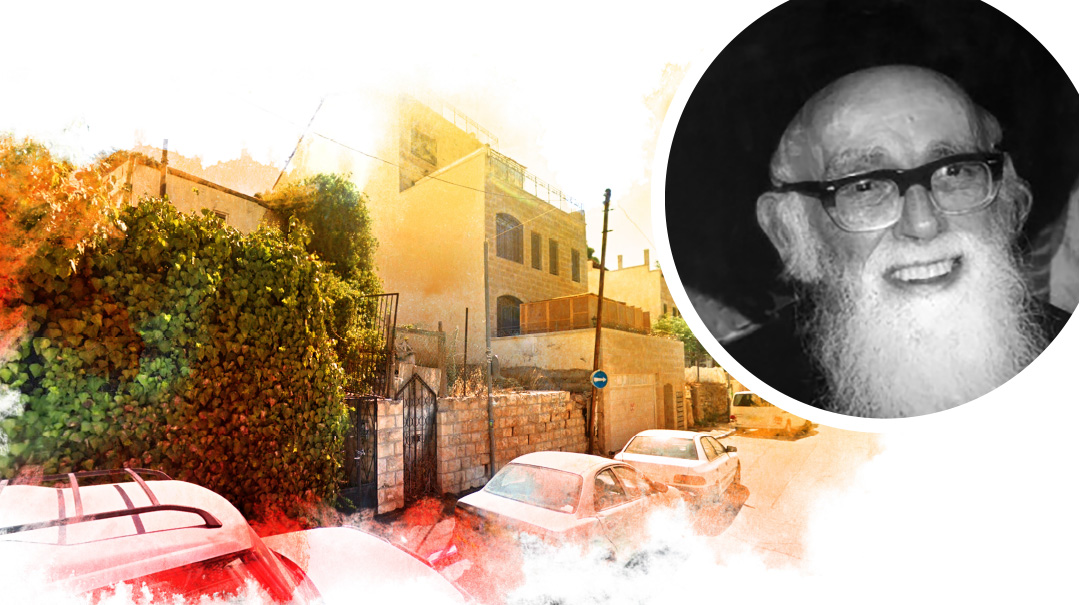Rav Shlomo Zalman Friedman — Holy Fire
| May 31, 2022And then, one Friday night before Succos, the Rav’s home was destroyed in a devastating fire
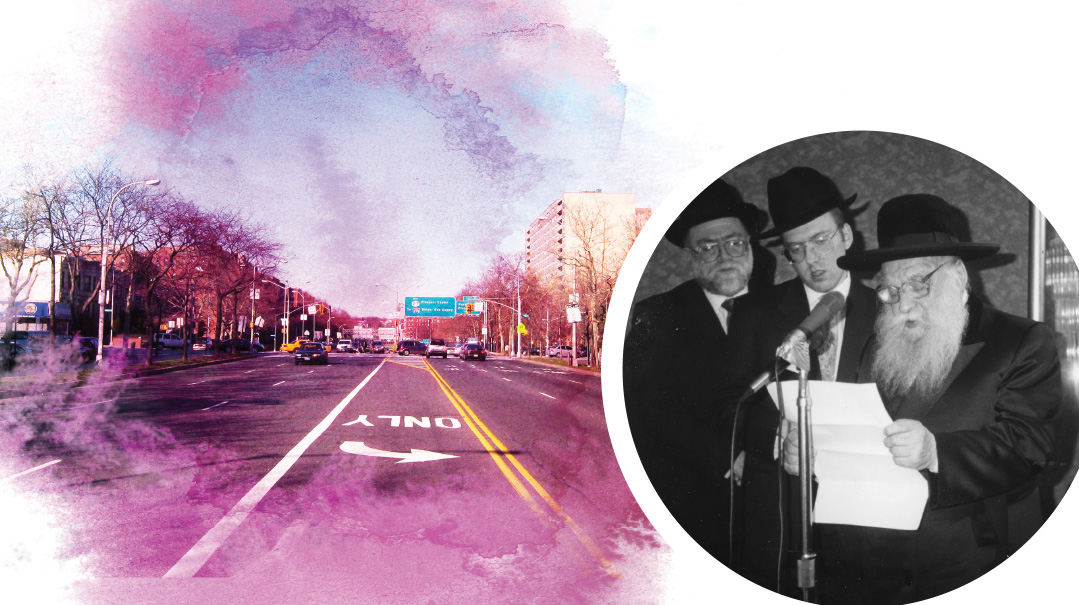
I
grew up in Flatbush, a short walk from the Ocean Parkway home of the Tenke Rav, Rav Shlomo Zalman Friedman. He and his rebbetzin lived on the second floor; the first floor housed the shul.
The Tenke Rav was a talmid of the Atzei Chaim of Sighet, and he was a distinguished talmid chacham and rav before the Holocaust. He was one of those rare chassidishe rabbanim who chose to build their little shuls — embassies of the vanished worlds of Galicia, Romania, and Hungary — in the Flatbush hub of Ashkenazim and Sephardim, rather than in Boro Park or Williamsburg. Rav Yoel Teitelbaum had offered him the position of rosh yeshivah of Satmar in Williamsburg, but he declined, preferring to serve Hashem and lead a small kehillah in the relative obscurity of tree-lined Flatbush.
And then, one Friday night before Succos, the Rav’s home was destroyed in a devastating fire.
Oops! We could not locate your form.

